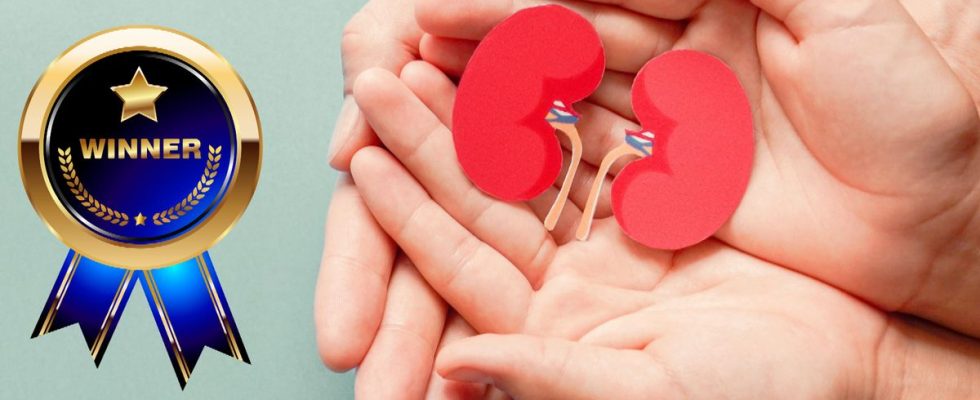Saving lives with one’s own is also a matter of numbers. First, the number of people a donor can help – between 5 and 7 – several organs being most of the time harvested from the same body. Also the number of organs removed in 2022 in France, – 5,495, total which does not include tissues -, which were not enough to save everyone. It is still the number of people who die every day for lack of having been transplanted – 3. Because the number of patients on the waiting list is increasing faster than the number of organs and tissues donated (+ 6% against + 4.2%).
And what about the organs themselves? While the National Day of Reflection on Organ Donation and Transplantation takes place this Thursday, in 20 minutes, we wondered why some are very given when others seem shunned. Intestine, cornea, uterus, brain… We tell you everything.
Most requested (and most transplanted)
The “superstar” of organ donation level is the kidney: 3,337 patients were transplanted in 2022. These are mainly people on dialysis, for whom the transplant is vital. On the second step of the podium, the liver, with 1,294 transplants per year. Long after, the heart, with 411 transplants each year, followed closely by the lung (344), then the pancreas (70).
If these five organs arrive at the very top of the therefore, it is because they are vital. “These transplants are routine, says Marine Jeantet, Director General of the Biomedicine Agency. We have hindsight and the know-how is shared by the medical teams. »
Those that can be donated but… that are not vital and therefore shunned
It’s the opposite for another organ located at the bottom of the ranking of the most transplanted: the intestine. First cause: it is very complicated to graft these guts. “There are a lot of immune system cells in the intestines, explains Marine Jeantet. However, many cells will generate a rejection. The risk is such that transplants are extremely rare. Some teams still transplant intestines, in a very secure and specialized setting. One to three intestines are transplanted each year, mainly in infants.
But that’s not the only reason why the intestines come last. If living without a heart or without a lung is physiologically impossible, living without a gut is not. Many people with chronic inflammatory bowel disease survive with a truncated organ. “Transplants are mostly carried out when there are no alternatives, when it is vital,” insists the director general of the Biomedicine Agency.
Those that can be useful but… that we can’t manage to graft
Not all vital organs are transplanted. The brain, for example, is not part of the top 5. And for good reason: the transplant is very complicated, both technically and ethically. “When there is a cardiac arrest, it is very rare that the brain is not damaged immediately, analyzes Marine Jeantet. We have not found the means to make this organ transplantable. Future transplants will therefore depend on the evolution of science, the ability to graft, preserve, transport and transplant these organs.
The forearms or the faces (we speak of pieces of skin) remain exceptional grafts, because they are very difficult to perform because of their “composite” appearance. Research is carried out by a few teams in France. “It is not excluded that in the coming years, we can transplant other organs, such as the uterus”, adds François Kerbaul, national director of organ and tissue removal and transplantation at the Biomedicine Agency.
Several women have already received a uterine transplant from a living donor. “But this raises ethical questions, insists Marine Jeantet. A woman, for example, gave birth thanks to the uterus donated by her mother. »
Those that are useful but… that people don’t give enough
Other organs and tissues can, on the contrary, very well be transplanted but are shunned for donation. In first position: the cornea of the eye. Even if 5,692 corneas were transplanted in 2022, “we are short of them”, assures the director general of the Biomedicine Agency. “People think that we remove the eyes, it’s not true. We only remove a small transparent membrane on top of the eye. It doesn’t change the look of the person. »
Second fabrics shunned: bones, whose number of transplants remains low. In question, the time that this operation takes. Removing the bones is very meticulous work and the time spent in the operating theater is substantial. A question of means therefore, but not only.
“Families refuse to donate bones saying ‘you’re going to cut it up.’ I can hear it but what you have to understand is that the bodies are returned in an extremely dignified and respectful way, wishes to reassure Marine Jeantet. It’s as if we come out of the operating room and we have a bandage. A bandage and a good deed.

